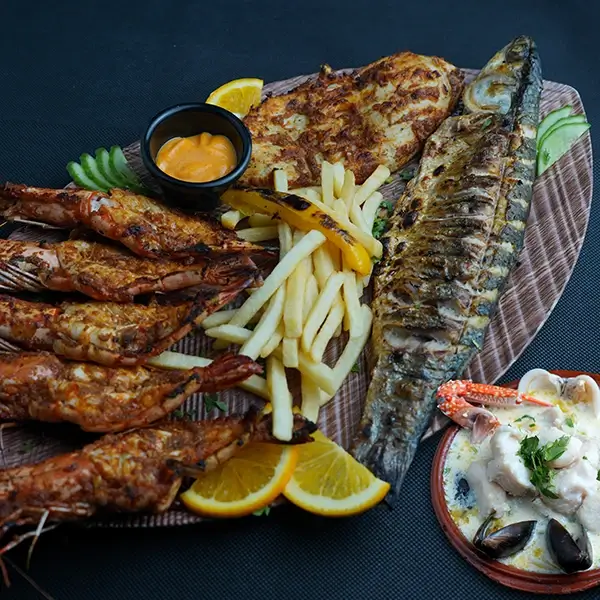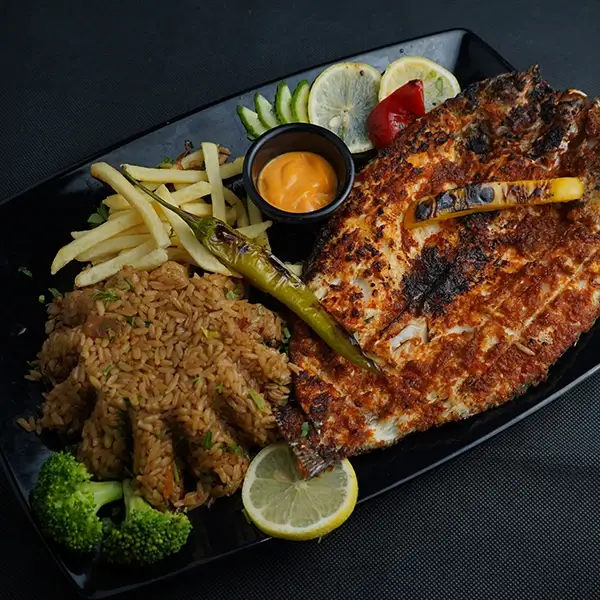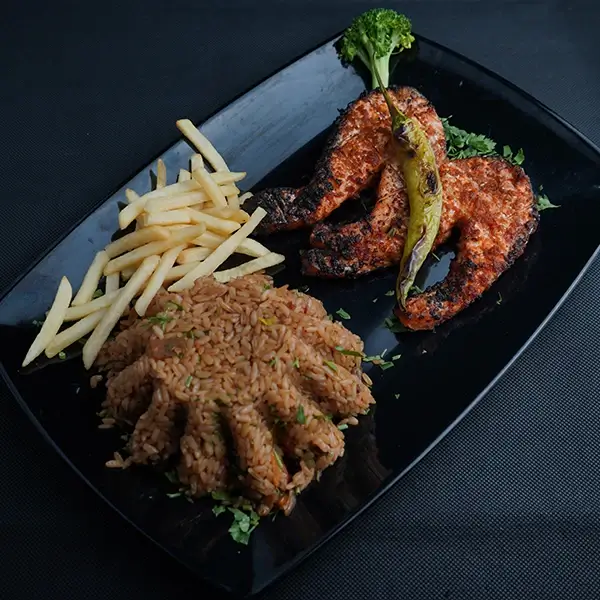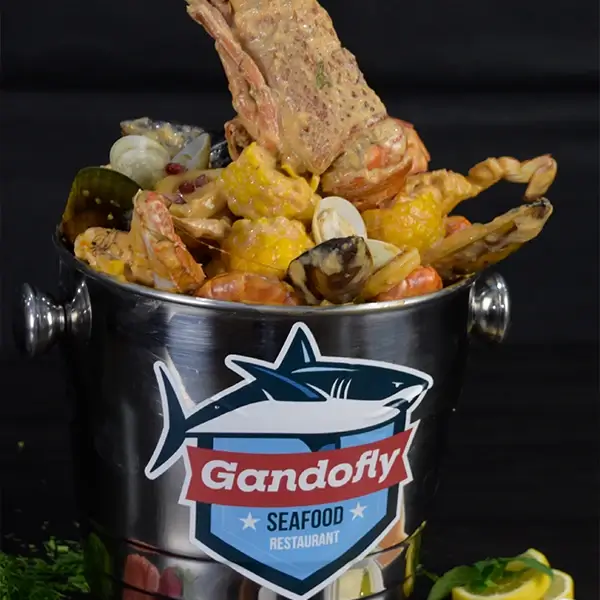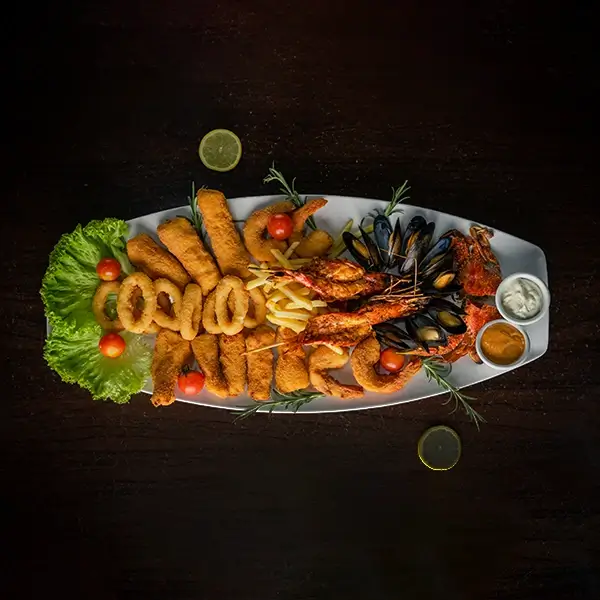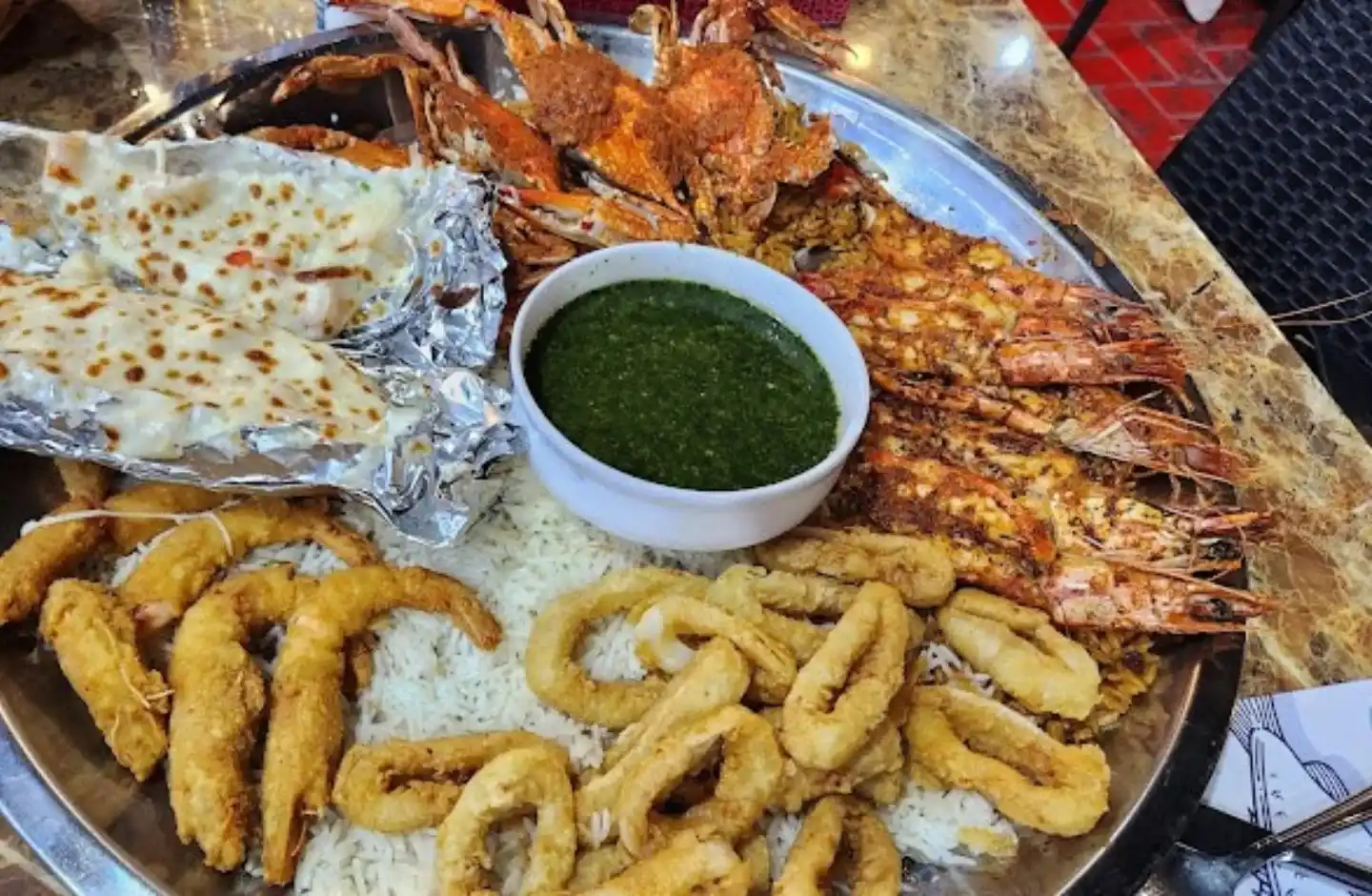
Shrimp fishing has long been a significant activity for coastal communities, and one of the greatest tools for catching shrimp is the shrimp pot. This ingenious trap has influenced the culinary business by yielding some of the most delectable shrimp-based meals, in addition to being a necessary fishing method. But where was the origin of the shrimp pot? How has it evolved throughout the years? And why is it necessary for some of the greatest seafood recipes today? This blog covers the rich history of the shrimp pot, its role in modern shrimp fishing, and how Gandofly Seafood Restaurant in Abu Dhabi creates the finest shrimp pot meals.
Origins of the Shrimp Pot
Shrimp pots have existed in the past when seafood was a staple cuisine. Early fishing societies in Asia, Europe, and the Americas built crude traps to capture shrimp using nets and woven baskets. These early shrimp pots let shrimp in and kept them out.
The shrimp pots underwent substantial modifications in the 19th century. Fishermen in North America improved their methods by creating well-made wooden traps, especially along the Gulf Coast. By placing these shrimp pots in shallow areas where shrimp naturally congregate, they enhanced harvest efficiency and laid the groundwork for contemporary shrimp harvesting.
How Does the Shrimp Pot Work
The shrimp pot’s design was simple yet highly effective. Shrimp are guided inside via funnel-shaped apertures on a wire or mesh frame.
A wire or mesh frame with funnel-shaped openings guides shrimp inside. The bait, such as fish leftovers or other attractants, lures the shrimp into the trap, while the angled entry prevents their escape.
Evolution of the Shrimp Pot
Over time, technological advancements have improved the efficiency of the shrimp pot. Early versions made from wood and woven reeds have been replaced with durable materials like coated wire mesh and stainless steel, preventing corrosion and extending the lifespan of the traps.
Modern shrimp pots also feature escape vents to comply with sustainable fishing regulations, allowing undersized shrimp to return to their habitats. GPS technology and sonar mapping have further optimized shrimp pot fishing, enabling fishermen to place traps in ideal locations for maximum yield.
The Shrimp Pot’s Role in the Global Seafood Industry
Today, the shrimp pot remains an essential tool in both commercial and recreational shrimp fishing.
Countries like the United States, Canada, Norway, and Japan use shrimp pots fishing techniques to meet the global demand for high-quality shrimp.
Gandofly Abu Dhabi, a premier seafood restaurant, relies on the shrimp pot for its outstanding shrimp dishes. By sourcing shrimp caught through sustainable fishing methods, Gandofly Abu Dhabi ensures customers enjoy the freshest and most ethically harvested seafood.
Shrimp Pot Delicacies at Gandofly Abu Dhabi
If you want to experience the finest shrimp cuisine, look no further than Gandofly Abu Dhabi. This renowned seafood restaurant takes pride in serving shrimp that is locally sourced and prepared to perfection. Whether you prefer grilled shrimp or shrimp curry, the dishes at Gandofly Abu Dhabi highlight the natural flavors of fresh shrimp caught using traditional shrimp pot methods.
Among the most popular shrimp pot delicacies are:
- Garlic Butter Shrimp: Fresh shrimp sauteed in a rich butter and garlic sauce, offering a perfect balance of flavor and texture.
- Shrimp Pot Curry: A flavorful dish infused with aromatic spices, coconut milk, and tender shrimp cooked to perfection.
- Grilled Shrimp Skewers: Marinated in herbs and spices, then grilled over an open flame for a smoky, delicious taste.
- Shrimp Tempura: Lightly battered and fried, delivering a crispy exterior with a succulent, juicy center.
- Chili Garlic Shrimp: A spicy and tangy dish that pairs well with rice or fresh bread.
Sustainability and the Modern-Day Use of Shrimp Pots
The shrimp pots remains a preferred tool among commercial and small-scale fishermen due to its efficiency and sustainability. It is widely used in the Gulf region, the Pacific Northwest, and various parts of Asia where shrimp populations thrive. Unlike other fishing methods that may damage marine ecosystems, shrimp pot fishing minimizes waste and protects aquatic biodiversity.
Conclusion
Shrimp pots has a long and fascinating history, from its humble origins as woven traps to the technologically advanced fishing tools used today. Its efficiency, sustainability, and ability to deliver top-quality shrimp have made it an invaluable part of the seafood industry.
If you’re in Abu Dhabi and craving the freshest shrimp dishes, make sure to visit Gandofly Seafood Restaurant, Abu Dhabi. Our special Shrimp Molokhia is something you can try whenever you are in Abu Dhabi.
Committed to sustainable fishing and world-class culinary expertise, this restaurant delivers an unparalleled seafood experience that honors the legacy of the shrimp.
The next time you enjoy a shrimp dish, take a moment to appreciate the journey of the shrimp pot—a tool that has revolutionized how we harvest and savor one of the world’s most beloved seafood delicacies.

